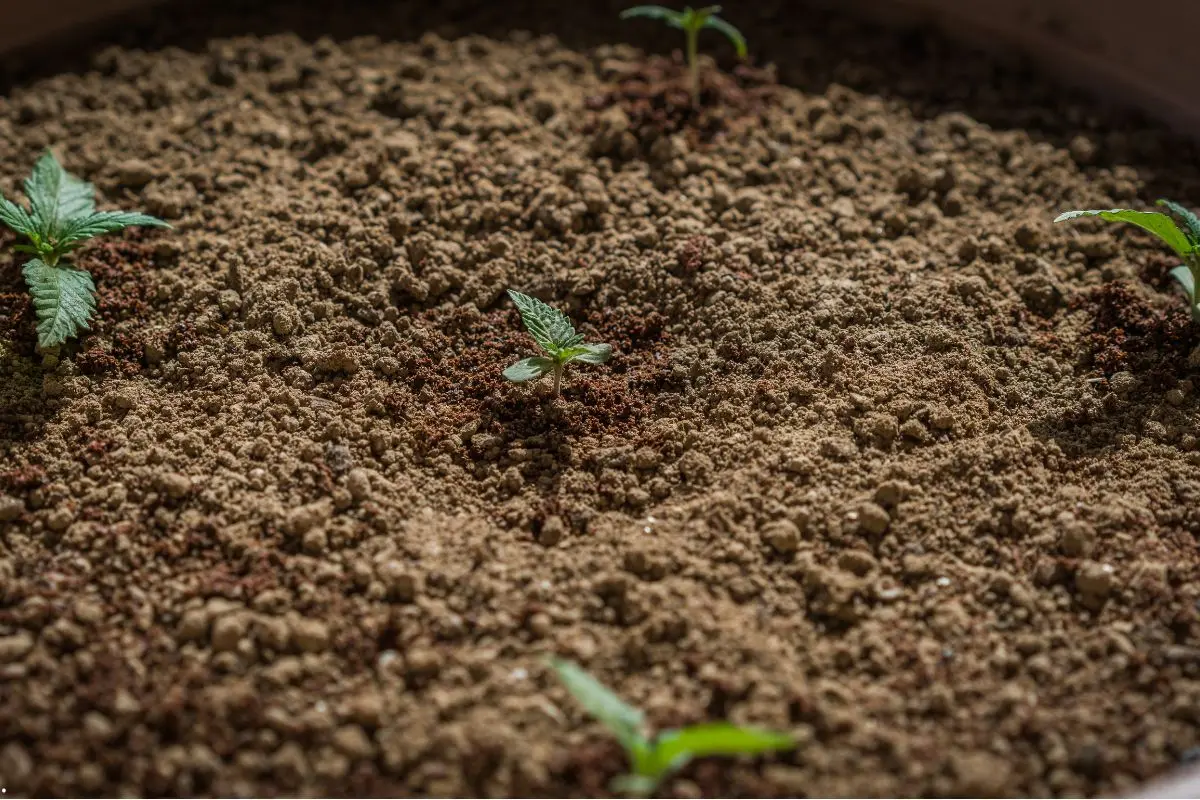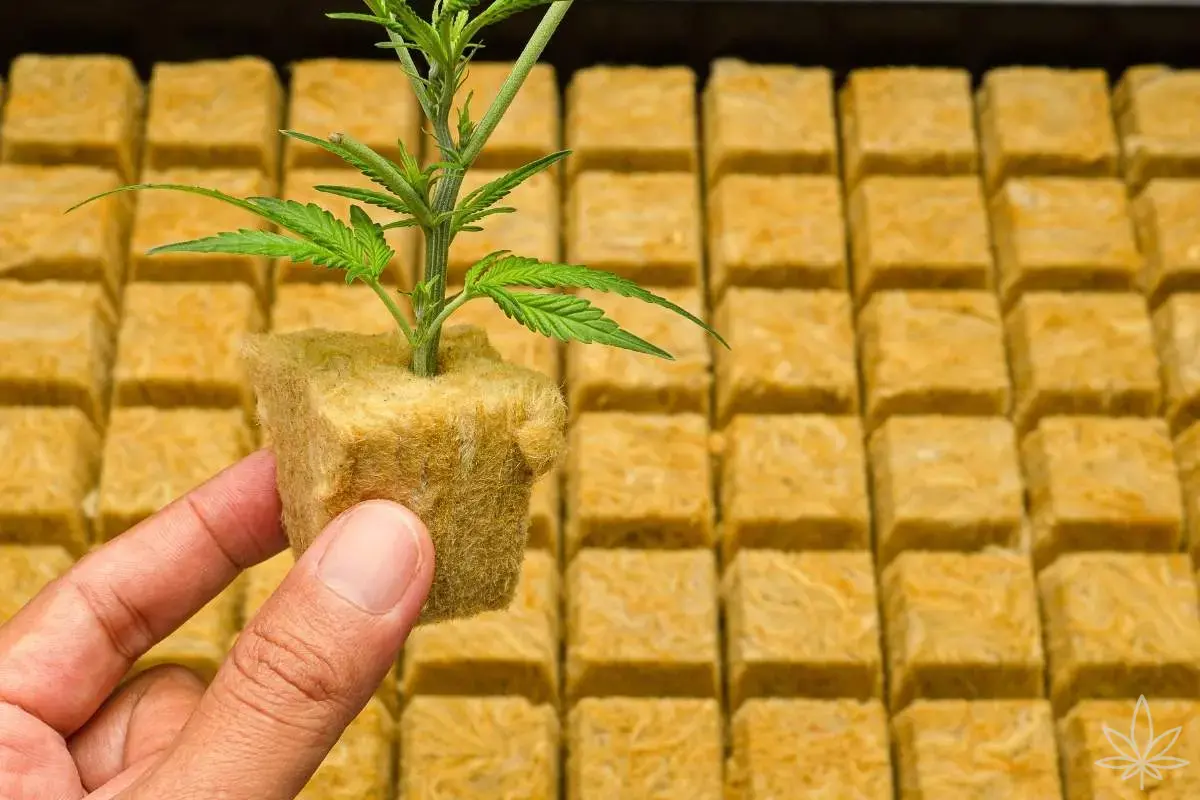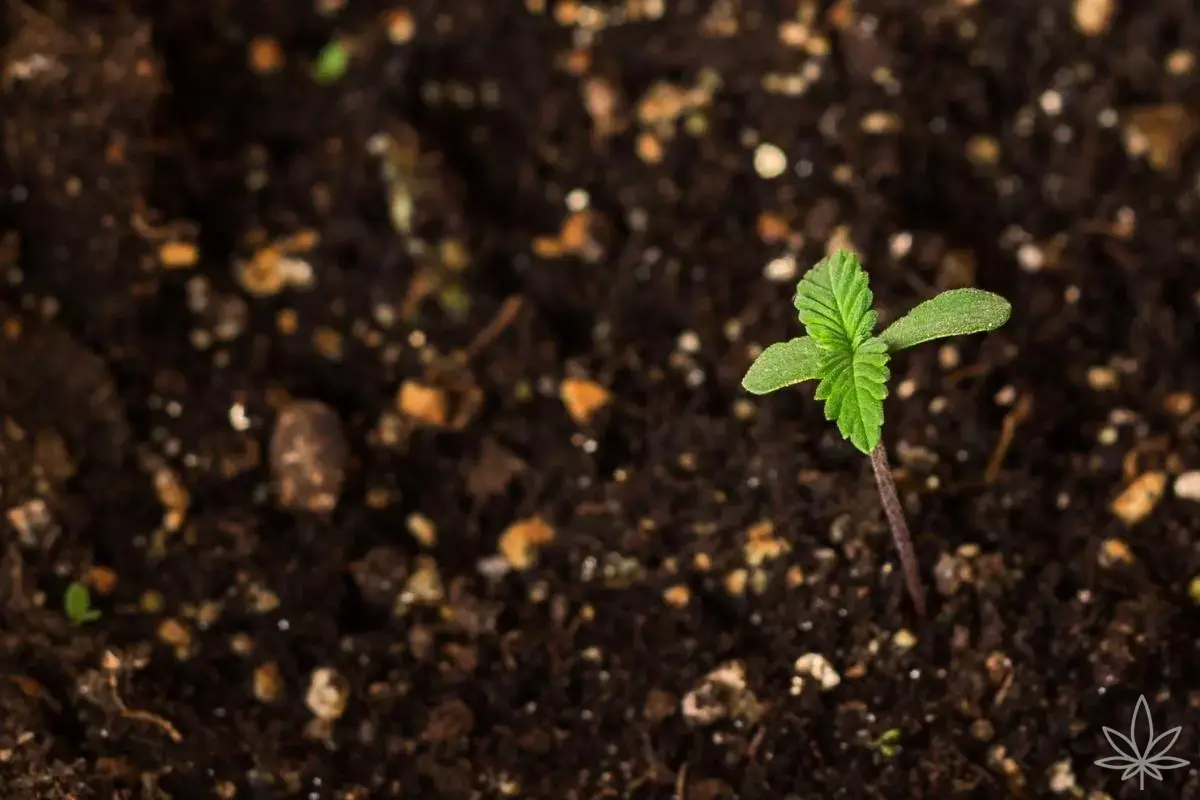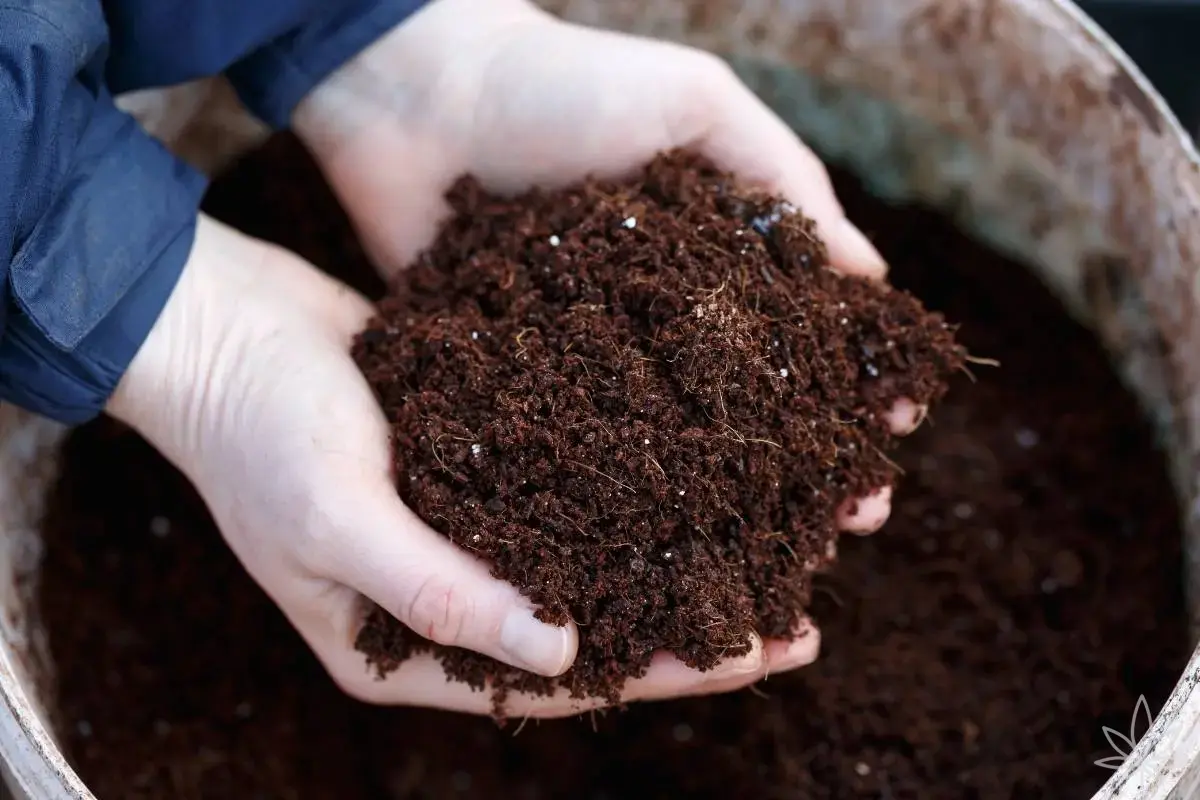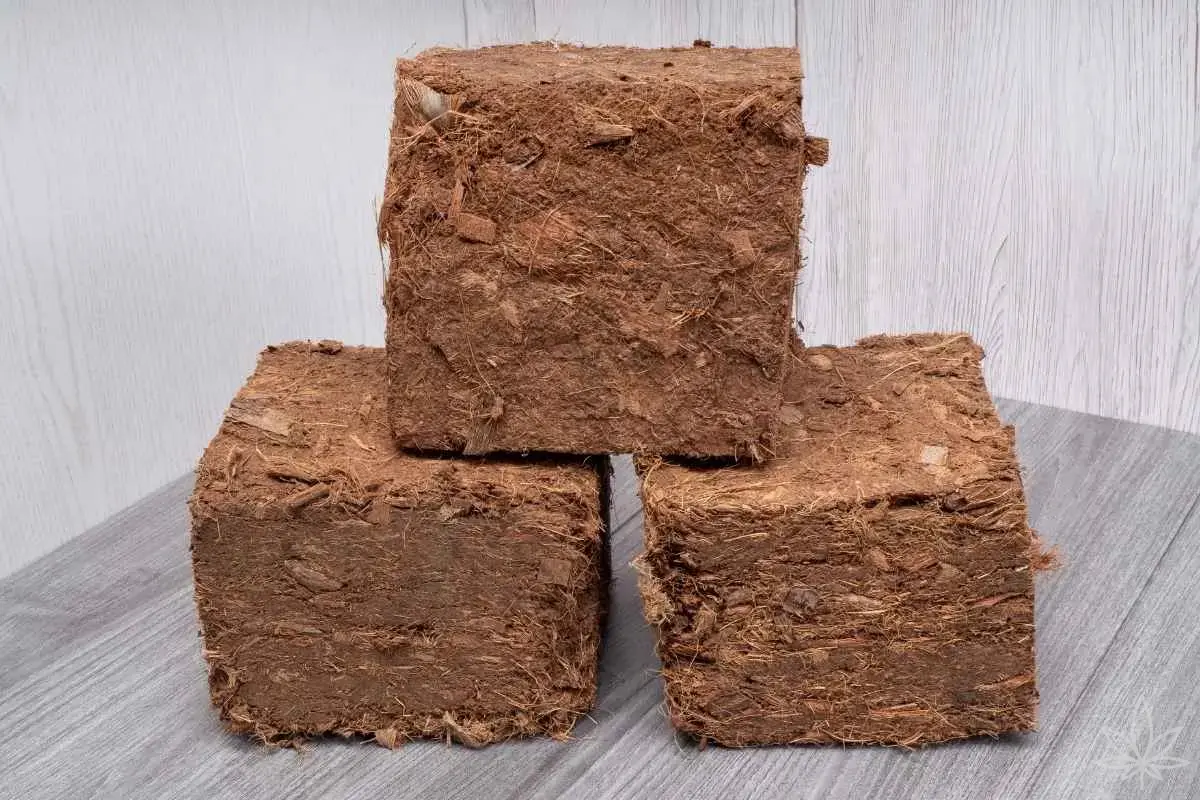The choice of substrate is one of the most decisive factors in any cultivation. It is not “just soil in a pot” — it is the living environment for roots and microbes, the arena where oxygen, water, and nutrients interact. Depending on your growing style and regional climate, one medium will be your ally while another might work against you.
Five Key Parameters That Define a Good Substrate
Air-Filled Porosity (AFP). The proportion of air spaces after watering and drainage. Too low — roots suffocate; too high — water drains too fast.
Water Retention (AWC). The amount of usable water available between “fully wet” and “too dry.” The key is available water, not water locked away in soil pores.
CEC – Cation Exchange Capacity. The ability of a medium to hold nutrients and release them when roots need them. Low CEC = faster changes, high CEC = stability.
pH Stability. A buffer that prevents wild swings in acidity/alkalinity. Stable pH = steady growth.
Biological Activity. Microbes, fungi and soil fauna form the living web that unlocks nutrients and protect roots. Ignore this and you miss half the picture.
Coco Coir — a Clean Canvas for Precision
Coco is loved for its predictable structure and excellent air-to-water balance. It reacts quickly to feeding, which means full control over growth. Its main challenges: it often needs extra calcium and magnesium, and if it dries out too much it becomes hydrophobic. This is a medium for growers who enjoy steering every detail and don’t mind frequent irrigation.
Living Soil — an Ecosystem in a Pot
Living soil relies on microbial life to feed the plant in sync with its needs. Aggregates form natural sponges, buffers balance nutrients, and the whole system forgives small mistakes. But it does not forgive overwatering: lack of oxygen kills the biology. Living soil is for patient growers who prefer to work with nature instead of against it.
Peat-Free Mixes — a Modern Alternative
Peat has long been standard, but sustainable alternatives are becoming mainstream. Peat-free blends are built from ingredients like bark, wood fiber, coco, perlite, pumice, compost, or biochar. Each adds a function: structure, aeration, retention, or CEC. The beauty is flexibility — you can build airy mixes for humid climates or water-retentive blends for hot Mediterranean summers.
Comparison Table of Substrates
| Feature / Substrate | Coco Coir | Living Soil | Peat-Free Mixes |
|---|---|---|---|
| Air-Filled Porosity | High, great aeration, dries fast | Medium, stable due to aggregates | Adjustable: perlite/pumice add air, compost reduces it |
| Water Retention | Moderate, risk of fast drying | High and steady | Flexible — can be tuned for retention or drainage |
| CEC (Nutrient Buffer) | Low, frequent feeding required | High, natural buffer | Variable: compost and biochar increase, inert materials reduce |
| pH Stability | Medium, requires monitoring | High, self-regulated | Generally good, depends on composition |
| Biological Activity | Low unless inoculated | Very high | Variable, depends on compost and bio-inoculants |
| Level of Control | Very high, immediate response | Low — biology drives rhythm | Medium, adaptable to style |
| Risk of Mistakes | Drying out, Ca/Mg deficiencies | Overwatering, poor structure | Wrong ratios = uneven performance |
| Best Conditions | Dry/moderate climates, frequent irrigation | Stable climates, growers seeking natural style | Universal — can be adjusted to local climate |
Facts and Myths
- Adding more perlite doesn’t always improve performance — it can cause chronic dryness.
- Coco can host microbial life if you inoculate it.
- Living soil does not forgive constant overwatering.
- Peat-free blends are not “worse” — they simply require mindful composition.
FAQ
Is coco basically hydro in pots?
Not exactly, but it behaves similarly: fast response to nutrients and water, with less buffering.
Can coco be combined with living soil?
Yes, coco can be inoculated with microbes to form a hybrid system.
Does biochar always help?
Only if it’s pre-charged with nutrients. Raw biochar may temporarily lock up minerals.
How do I know if my problem is structure, not nutrients?
If leaves wilt consistently with watering cycles and the top layer looks compacted or hydrophobic, it’s likely a medium issue rather than feeding.
Conclusion
There is no single perfect substrate. Coco offers precision and speed, living soil provides resilience and a natural ecosystem, and peat-free blends allow for flexibility and sustainability. The key is to think in terms of functions — air, water, buffer, life — and match them to your climate and growing style. When you see your medium as a living system rather than just “soil in a bag,” your decisions become clearer and your plants stronger.

